Space Weapons Heading To Orbit According To Space Force Chief
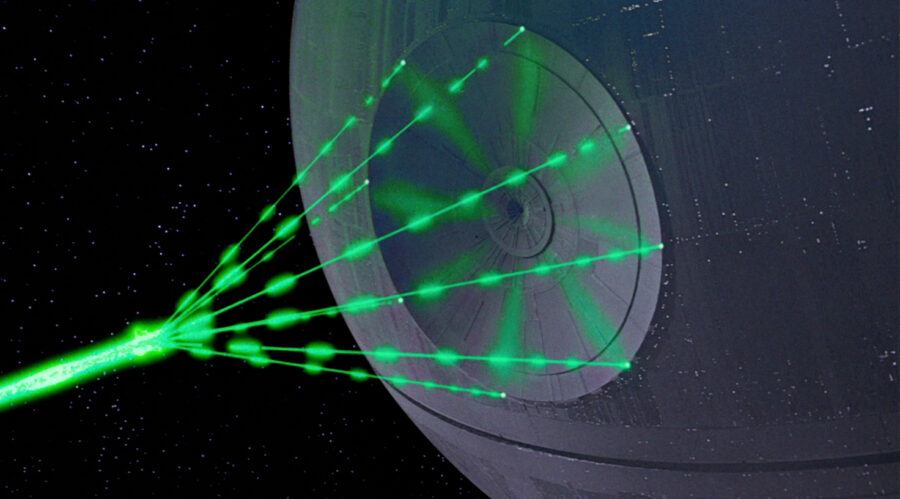
The Space Force, Donald Trump’s gift to the U.S. military-industrial complex, is hard at work keeping America safe from international threats from orbit. US Space Force chief master sergeant Ron Lerch recently detailed the increasing amount of unconventional space weapons the branch is keeping an eye on with the New York Times. Thankfully, no one has developed a functioning Death Star…yet.
Nesting Doll Satellites
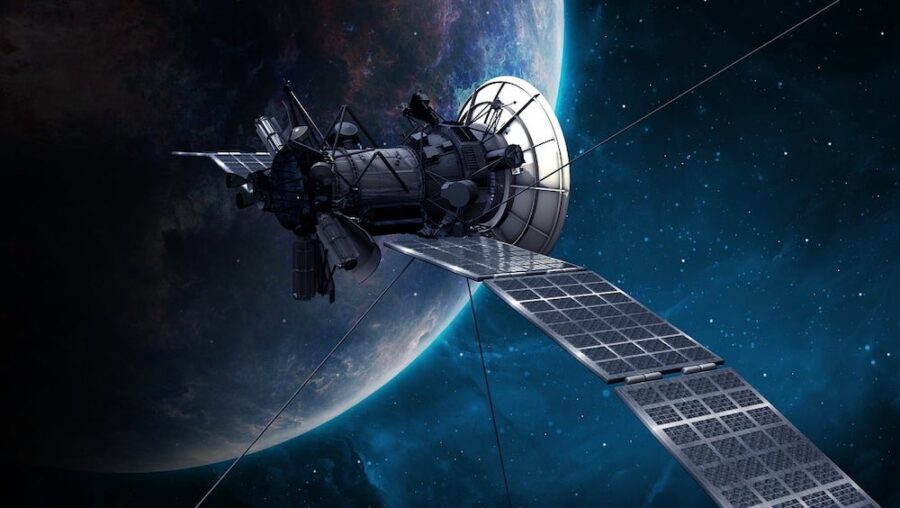
While none of America’s foreign adversaries have yet developed a laser capable of blowing up planets, one of them has come up with the next best thing: Russian “nesting doll” satellites. Lerch described the Russian space weapons as “violent, orbital jack-in-the-boxes.” Meanwhile, according to Lerch, other weapons may come in the form of spacecraft capable of casting nets or firing grappling hooks to ensnare their targets.
Robot-Controlled Spacecrafts
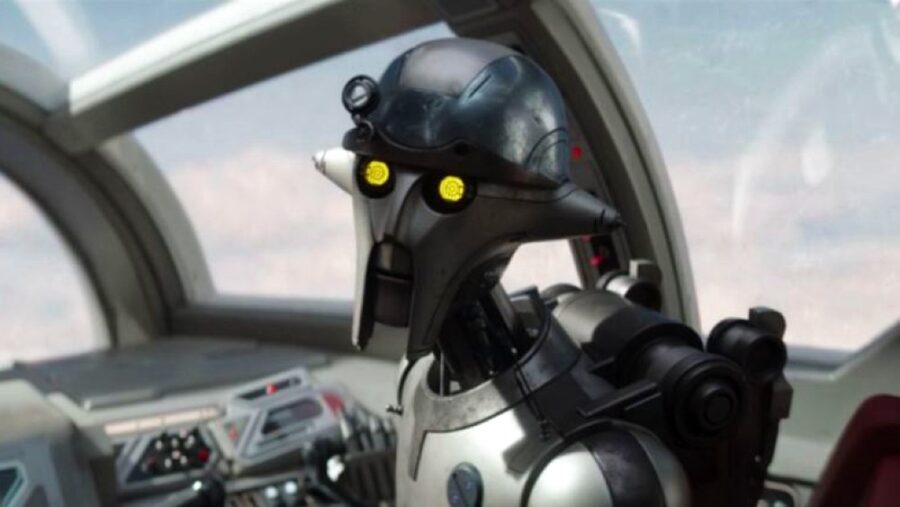
Another space weapon threatening the cosmos is China’s unscrewed—or robot-controlled—spacecraft. The unmanned vessels China is currently perfecting could eventually learn to communicate with ground forces using quantum tech or even AI-powered satellites.
The Space Arms Race
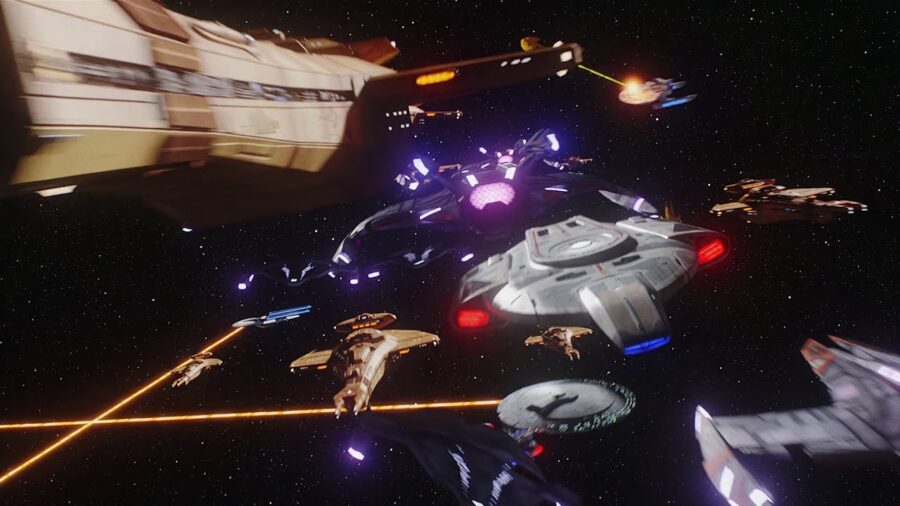
Ultimately, the Space Force, which is again a totally real and serious branch of the military, is concerned that other countries could be rushing to gain the upper hand in the ongoing space weapons arms race. Lerch warns that within a decade, we could be facing satellites with the capability to spray chemicals or use lasers to blind other satellites. Anyone who’s ever tempted fate and stared into a laser pointer can attest to the fact that beams of light can definitely mess with your ability to see temporarily.
As for chemicals sprayed in outer space, we can only assume that these would be some kind of super-chemicals that wouldn’t burn up in the atmosphere or, even worse, simply float harmlessly through space. We’ll leave the logistics behind the space weapon equivalent of mace to the experts at the Space Force.
The US Space Force Hard At Work

Back in 2020, the US Space Command—not to be confused with Buzz Lightyear’s Star Command—warned that Russia had launched a test direct-ascent anti-satellite missile designed to destroy satellites in low Earth orbit. The missile blew up a retired Soviet-era satellite, resulting in a large cloud of space junk that forced astronauts on board the International Space Station to take shelter in their escape pods.
Unfortunately, the Space Force is fighting for space superiority on two fronts. Not only are there physical space weapons being developed with groundbreaking net-throwing technology, but the Space Force must also contend with digital attacks. “It’s not the kinetic threat that keeps me up at night,” said Space Force Operations Command official Chandler Atwood. “It’s the cyberdefense aspect. We have significant vulnerabilities we have to harden up.”
Conceivably, it’s making those vulnerable areas of the Space Force hard that is causing Atwood’s insomnia.
What’s Next For The Space Force?
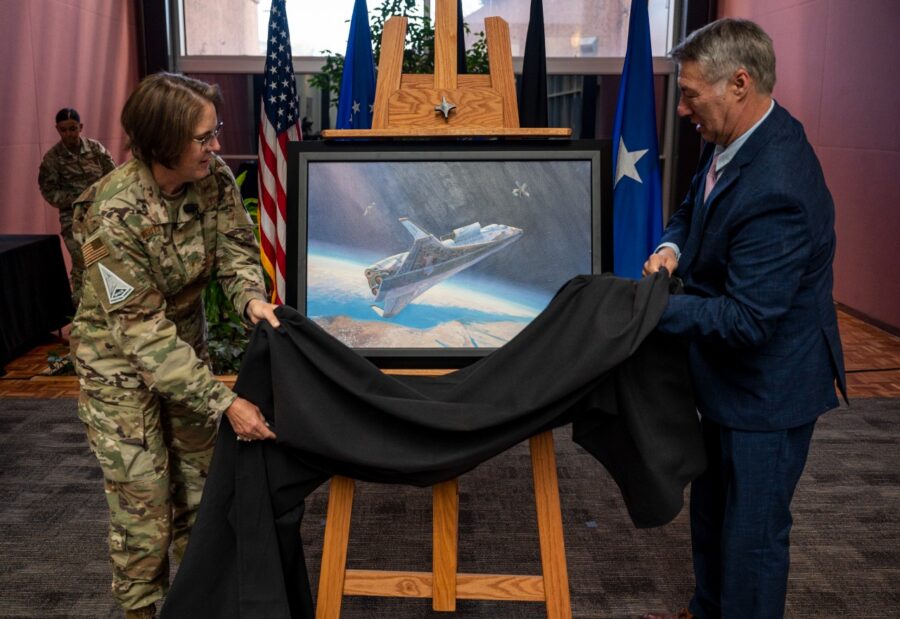
Despite being kept busy by the potential dangers of new space weapons that can spray, the Space Force still finds the time to commission paintings reminiscent of early ’80s Atari box art. Last month, during a ceremony at the Peterson Space Force Base in Colorado, the Space Force unveiled an official painting by artist Rick Herter depicting a “futuristic US Space vehicle” getting in the way of a bad guy satellite about to disable a good guy satellite.












